Nyheter
European Gold Centre, More crisis to come, gold more actual than ever
 Last month I wrote that it maybe was funny to ask the question about $10,000 gold. But apparently I was not the only one to put that price tag on the gold price as a distinct possibility. A few other gold writers came out with their reasoning and it gave me a feeling of comfort that they included some real prominent ones. For instance, when someone like Nick Barisheff talks, I listen. And you should too.
Last month I wrote that it maybe was funny to ask the question about $10,000 gold. But apparently I was not the only one to put that price tag on the gold price as a distinct possibility. A few other gold writers came out with their reasoning and it gave me a feeling of comfort that they included some real prominent ones. For instance, when someone like Nick Barisheff talks, I listen. And you should too.
It has been quite some time since I published an article from Nick Barisheff. Since I met him several years ago in Switzerland, I have been impressed by him and his opinions, his foresight and realism, his projections and courage, his determination and judgement, his expert vision. Nick has been associated with BMG, the Bullion Management Group, which is one of the foremost advocates of buying gold and silver bullion and investing in the precious metals bullion funds that it manages.
Last week, Nick presented his Outlook for 2012 at the 18th Annual Empire Club Outlook Luncheon in Toronto. I am very pleased to refer you to his speech ”WHY RISING DEBT WILL LEAD TO $10,000 GOLD” which is now posted at my website on the page MEDIA LINKS under the heading GOLD COMMENTS. An absolute must to hear and see.
Another source of prominence was again Frank Holmes, CEO and Chief Investment Officer of U.S. Global Investors, who headed a panel in a recent web broadcast. The excellent panel members relayed a truly intelligent high-finance conversation, including a smart address by U.S. Global’s Brian Hicks, who made a case for substantial higher gold prices, among other things because of the unprecedented today’s money supply.
The chart on the left side shows how serious the current level of the global money supply already is right now. In my reasoning that will follow, you will see that I expect the money supply to continue to rise to maybe even dramatic levels over the next few years. The chart on the right side shows that gold could, and should be much higher if only the money supply would be backed by gold. Of course I know it is wishful thinking to expect that all the money in the world should be backed by gold, but look at the figure at the end of the purple line …., $10,116 per ounce of gold. Sounds familiar?
Another illustration of the undervaluation of gold at this time is the following chart from the U.S. Global webcast presentation:
The above chart shows the increases of Total U.S. Debt, the S&P 500, the U.S. GDP and the gold price since 1980; also from this viewpoint is gold obviously undervalued. One of my other gold observing friends has recently spoken out about gold. Jeffrey Nichols is expecting that gold can possibly gain as much as 50% in value, albeit that also occasional big declines may occur. His recent trip to China has convinced him that demand there will continue to be strong as more and more new buyers are coming to the market whereas the older buyers are inclined to hold onto their holdings. Jeff reasons that this will enlarge the shrinking of the ”free float” of physical gold and enhance the market’s real-world supply and demand fundamentals.
As you know, I have been an advocate of higher gold prices since 2002 when I saw the prevailing markets of long-lagging metal prices reaching an over-exaggerated and obvious bottom. Those who have followed my writings since I came back to the market in 2003 have seen that I have continuously given my considerations and reasoning for this positive attitude. Also in my more recent writings I have repeatedly stated that the recent price weaknesses were not structural and would be overcome. Looks like we have reached that.
One of my major concerns in today’s world is the continuing demand for loans to be used to cover the ever-growing deficits. After it appeared that there was an agreement reached in the Eurozone to solve or rather call to a halt, the precarious position of Greece and some other weakening European countries, the real situation turned out to be a little different last week. Greece shows to have remarkable comparisons with a bottomless bucket and seems to be more or less helpless. Despite all the support and the financial injections, Greece may be the first country that will literally go bankrupt if they will not succeed to get their financial matters in order soon. Already in March they face the first upcoming payments to serve their huge debts and granted, they are in the middle of frantic discussions with their debtors about a more definite solution. The new government has tried to show the world that they are serious in acting in line with what the European lenders want from them, taking drastic steps to get their internal finances reorganized, by publishing a long list of individuals who owe the government a huge amount of taxes. Greece could meet their March obligations if ”only” these back taxes would be received. But that is true wishful thinking……
In the meantime, the negotiations between the Institute for International Finance (IIF) and the Greece government are continuing to restructure €155 billion of debt to private parties, such as international banks, into new 30-year bonds. These lenders have indicated that they are willing to write off 50% of their loans but that seems not to be enough. The government states that a write-off of at least 70% should be necessary to lower the total debt of Greece from the current 160% of the GDP to 120% by the year 2020. Time will be of the essence, because if an agreement will not be reached now, it will endanger the new financial support package of €130 billion from the European Union and the IMF. If there will be no agreement, actual bankruptcy will be imminent, an unprecedented situation.
But it is not only Greece that is a serious patient in the hospital of international government finance. Standard & Poor’s made earlier fears come true in depriving France and Austria from their precious triple-A rating. In their slipstream, Italy, Portugal and Cyprus saw their ratings lowered by two levels. Not so surprising as the US and Japan already lost their triple-A status earlier. Only Germany, the Netherlands and Finland are left as the most significant European countries with the highest ranking.
In my simple and down-to-earth view, the 50-70% writing-off of the loans to Greece and the consequence of the lower credit ratings can only lead to one thing: the need for money will be increasing substantially and higher interest rates will make that money much more expensive than ever. As solutions are not easy and sorting the necessary effect on the short time, it is likely that governments have no other choices than to get the dust off the money printing machines or open all doors to China and India……. Who said that gold is just a relic from ancient times and has lost its function…?
It certainly was not Eric Sprott, the founder and driving force of Sprott Asset Management LP, who just delivered Part Three of his article ”THE FINANCIAL SYSTEM IS A FARCE”. It is interesting how he as an internationally recognized money manager and investment strategist looks at the subject of Europe and finance. Read this quote:
”Then there’s Europe and the European Central Bank (ECB). Back in December, the mighty ECB had to step in with yet another massive liquidity injection to avert a total meltdown in the EU banking system. On December 21st, they flooded 523 separate EU banks with a ”Long Term Refinancing Operation” (LTRO) program totaling €489.1 billion ($626 billion). The program consists of loans that are due in three years and will charge an accommodating 1% interest rate. The liquidity injection will allow the EU banks to participate in a delightfully convenient carry-trade whereby they can take the borrowed money at 1% interest and invest it in various sovereign debt auctions that will likely pay them 3% or higher. The banks will keep the difference in profit, and the EU PIIGS countries get to breathe easier knowing they’ll be able to sell their garbage paper to the EU banks at suppressed rates as long as the LTRO loan money lasts. And the best part? It doesn’t involve any money printing, so there’s really no risk of inflation, you see?
So just so we’re on the same page, if everything goes according to plan this year, European sovereign governments will fund their debt auctions with borrowed money lent to them by over 500 European banks who have themselves borrowed hundreds of billions of euros from the European Central Bank,… who as far as we can tell, borrowed those euros from the various EU sovereign states (or simply printed them). Do you get it? Do you see the circularity? Do you see the can being kicked down the road? And guess what?
Since €489.1 billion is clearly not enough to avert disaster this year (most EU banks are so undercapitalized they’ve simply parked the borrowed LTRO money back with the ECB at 0.25% interest), the ECB has promised to launch another LTRO injection this coming February! No wonder gold was down in December. They completely solved the European debt crisis!”
I trust the not so happy views in this issue of GOLDVIEW will serve you as food for your thoughts. Times are changing, it is your choice to rethink your investment habits. Gold in any possible form should be part of your portfolio. A few years from now, gold will have made the difference……..!
Henk J. Krasenberg
European Gold Centre
[hr]
European Gold Centre
European Gold Centre analyzes and comments on gold, other metals & minerals and international mining and exploration companies in perspective to the rapidly changing world of economics, finance and investments. Through its publications, The Centre informs international investors, both institutional and private, primarily in Europe but also worldwide, who have an interest in natural resources and investing in resource companies.
The Centre also provides assistance to international mining and exploration companies in building and expanding their European investor following and shareholdership.
Henk J. Krasenberg
After my professional career in security analysis, investment advisory, porfolio management and investment banking, I made the decision to concentrate on and specialize in the world of metals, minerals and mining finance. From 1983 to 1992, I have been writing and consulting about gold, other metals and minerals and resource companies.
The depressed metal markets of the early 1990’s led me to a temporary shift. I pursued one of my other hobbies and started an art gallery in contemporary abstracts, awaiting a new cycle in metals and mining. That started to come in the early 2000’s and I returned to metals and mining in 2002 with the European Gold Centre.
With my GOLDVIEW reports, I have built an extensive institutional investor following in Europe and more of a private investor following in the rest of the world. In 2007, I introduced my MINING IN AFRICA publication, to be followed by MINING IN EUROPE in 2010 and MINING IN MEXICO in 2012.
For more information: www.europeangoldcentre.com
Nyheter
Londons roll som ett globalt nav inom råvaruhandeln

London, känt för sin historia och strategiska positionering, har alltid haft en betydande roll i världen av råvaruhandel. Staden är känd för sin finansiella expertis och solida infrastruktur och fungerar som en avgörande bro som förbinder producenter och konsumenter över hela världen, men exakt vad gör London till ett så avgörande nav för råvaruhandeln?
Historien om råvaruhandel i London
Råvaruhandel i London har djupa rötter som går tillbaka till slutet av 1500-talet när staden etablerade sig som ett nyckelnav för global handel.
På 1800-talet hade London blivit en framträdande plats som världens ledande råvarumarknad, specialiserad på metaller, textilier och jordbruksvaror. De mest omsatta råvarorna var bomull, ull, socker och kaffe.
London Metal Exchange (LME) grundades 1877 för att underlätta handeln med icke-järnmetaller som koppar och bly.
Under åren fortsatte London att utöka sina handelsmöjligheter och locka handlare från alla hörn av världen.
Utveckling av London som ett globalt nav för råvaruhandel
Londons status som ett globalt nav för råvaruhandel befästes i början av 1900-talet när staden blev centrum för internationell finans. Etableringen av London Metal Exchange (LME) 1877 och London International Financial Futures and Options Exchange (LIFFE) 1982 cementerade ytterligare stadens dominans inom råvaruhandel.
Dessa börser utgjorde en plattform för handlare att köpa och sälja råvaror på en global skala, vilket gjorde London till en integrerad del av leveranskedjan för olika industrier runt om i världen.
Under de senaste åren har London också sett en ökning av elektroniska handelsplattformar, vilket ytterligare ökar dess tillgänglighet och attraktivitet för råvaruhandlare.
Faktorer som bidrar till Londons framgång inom råvaruhandel
Londons framgång inom råvaruhandel tillskrivs flera nyckelfaktorer. Stadens strategiska geografiska läge gör att den fungerar som en central mötesplats för köpare och säljare över hela världen. Vilket väl dock får anses vara mer av en historisk fördel.
Stadens stabila politiska och ekonomiska miljö ger den attraktionskraft och erbjuder handlare en säker och pålitlig marknad för investeringar.
Närvaron av skickliga proffs, förstklassig infrastruktur och strömlinjeformade handelsprocesser befäster Londons position som en främsta destination för råvaruhandel.
Dessutom säkerställer dess robusta rättsliga ram och etablerade tillsynsorgan rättvisa och transparenta handelsmetoder.
Londons roll i global råvaruhandel
Londons position som ett globalt nav för råvaruhandel har haft långtgående effekter på världsekonomin.
Staden fungerar som en viktig länk mellan producenter och konsumenter, vilket underlättar handel och leverans av viktiga råvaror som metaller, energiresurser och jordbruksprodukter.
Detta skapar en konkurrensutsatt marknad som driver innovation och effektivitet, vilket i slutändan gynnar både producenter och konsumenter.
Dessutom har den höga volymen av råvaruhandel i London också en betydande inverkan på de globala priserna, vilket gör den till en inflytelserik aktör i den globala ekonomin.
London vs New York: Kampen om råvaruhandeln
Även om London länge har ansetts vara det ledande globala navet för råvaruhandel, har New York också en betydande position på denna marknad.
Båda städerna har sina styrkor och svagheter, med London som utmärker sig inom områden som metall- och energimarknader, medan New York dominerar inom jordbruksprodukter. Men Londons historiska dominans och väletablerade infrastruktur ger det ett försprång framför New York, vilket gör det till den föredragna destinationen för de flesta handlare. Men eftersom de globala råvarumarknaderna fortsätter att utvecklas, förväntas konkurrensen mellan dessa två städer intensifieras.
Teknikens inverkan
Teknikens framväxt har revolutionerat råvaruhandelslandskapet, och London har inte lämnats på efterkälken. Under de senaste åren har betydande investeringar gjorts i teknik, med elektroniska handelsplattformar och avancerad dataanalys som ligger i spetsen för denna transformation.
Detta har inte bara ökat effektiviteten och hastigheten på handelsutförandet utan också öppnat nya möjligheter för handlare att få tillgång till globala marknader.
Dessutom har användningen av teknik också förbättrat riskhanteringsmetoderna, vilket gör råvaruhandeln i London säkrare och pålitligare.
Londons rika historia och expertis inom råvaruhandel, tillsammans med dess robusta infrastruktur och tekniska framsteg, positionerar den som föregångare i kampen om råvaruhandelns överlägsenhet. Att vara i en global tidszon ger London ett försprång framför New York, vilket gör att handlare kan komma åt marknader i både Asien och Amerika inom en enda dag.
Trots New Yorks starka närvaro på jordbruksmarknaderna och dess pågående tekniska framsteg, förväntas rivaliteten mellan dessa två städer intensifieras i framtiden. När de globala råvarumarknaderna utvecklas kommer det att vara spännande att observera hur London och New York anpassar sig och konkurrerar i detta dynamiska landskap.
Nyheter
Oljan letar efter en högre botten
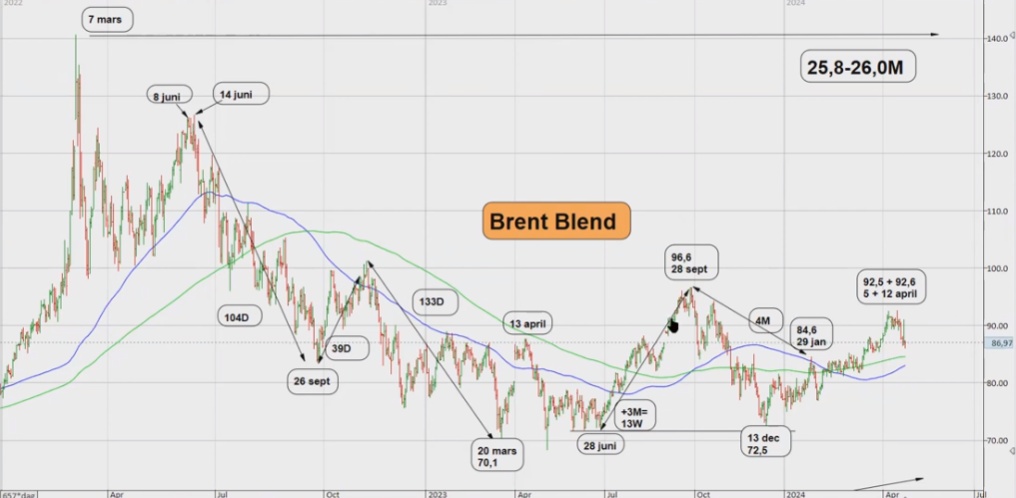
Ingemar Carlsson har gjort en teknisk analys på oljepriset, närmare bestämt på brentolja. Just nu letar oljan fortfarande efter en ny lågpunkt, som dock ligger högre än den tidigare. Lågpunkten bör hittas innan kristi himmelsfärdshelgen i början av maj och till dess är det avvakta som gäller.
Nyheter
Börsveckan ger en köprekommendation till aktien i oljeservicebolaget Beerenberg
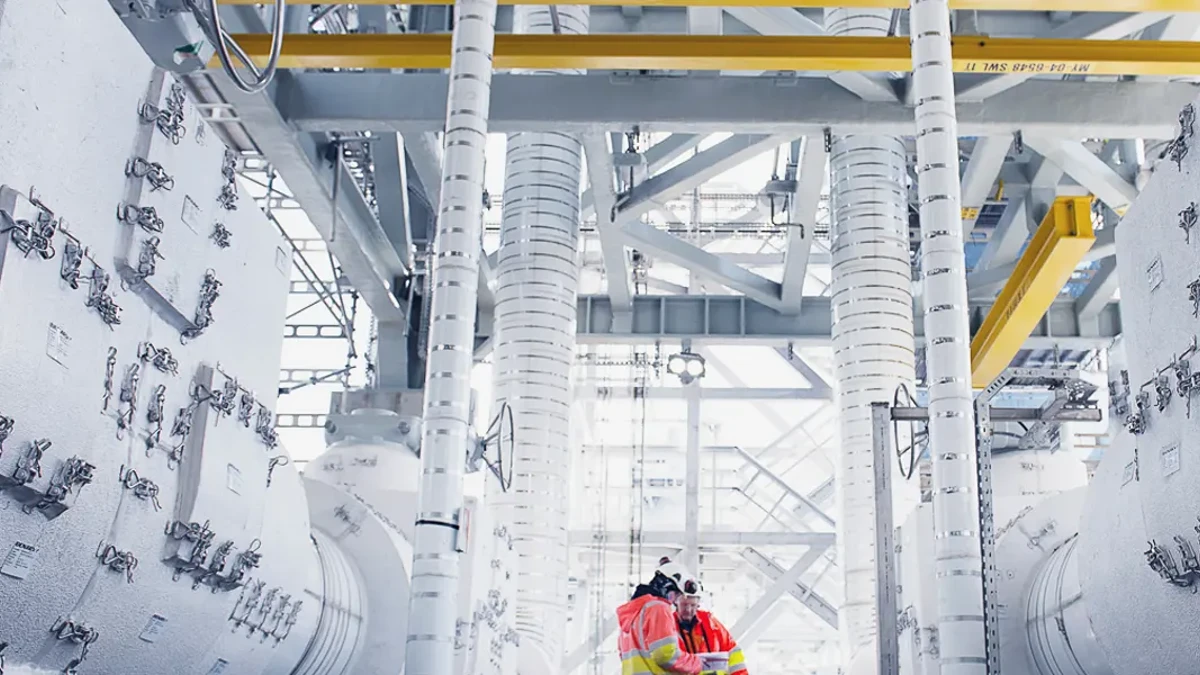
Börsveckan ger en köprekommendation till Beerenberg-aktien som noterades på Euronext Growth Oslo i slutet av förra året. Beerenberg är ett norskt servicebolag inom olje- och gassektorn med låg värdering och hög utdelning. Bolaget erbjuder olika tjänster för olje- och gasfält samt andra tekniska produkter och service för krävande miljöer.
Historiken är inte den bästa, där fjolårets omsättning på 2 343 miljoner NOK faktiskt är snäppet lägre än 2015. Sedan 2019, när en stor återhämtning skedde, har tillväxten inte varit högre än en dryg procentenhet årligen. Bolaget fokuserar på service och har stabila kundrelationer, vilket bidrar till en stadig kassaflödesgenerering.
Trots en nedgång i orderingången förväntas Beerenberg ha hygglig tillväxt de kommande åren med förbättringar i lönsamheten. Även om marknaden är osäker på lång sikt, kan bolaget använda sina kassaflöden för att diversifiera sig mot andra hållbara sektorer.
Beerenberg får anses vara ett stabilt bolag med goda framtidsutsikter, trots att det inte förväntas ha höga multiplar. Deras strategi att använda stabila kassaflöden för att diversifiera sig mot hållbara sektorer kan vara långsiktigt lovande. I bokslutsrapporten för 2023 ökade omsättningen med 5 procent till 2 343 miljoner NOK, och rörelsemarginalen förbättrades till 5,6 procent.
-

 Nyheter3 veckor sedan
Nyheter3 veckor sedanGuldpriset når nytt all time high och bryter igenom 2300 USD
-

 Nyheter3 veckor sedan
Nyheter3 veckor sedanUSAs stigande konsumtion av naturgas
-

 Nyheter3 veckor sedan
Nyheter3 veckor sedanCentralbanker fortsatte att köpa guld under februari
-

 Nyheter3 veckor sedan
Nyheter3 veckor sedanKakaomarknaden är extrem för tillfället
-

 Nyheter3 veckor sedan
Nyheter3 veckor sedanHur mår den svenska skogsbraschen? Två favoritaktier
-
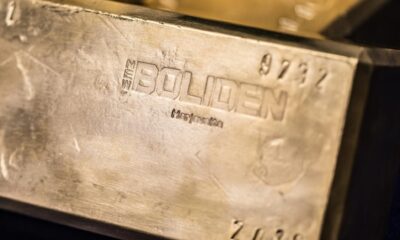
 Nyheter4 veckor sedan
Nyheter4 veckor sedanBoliden på 20 minuter
-

 Nyheter3 veckor sedan
Nyheter3 veckor sedanBetydande underskott i utbudet av olja kan få priset att blossa upp
-

 Nyheter4 veckor sedan
Nyheter4 veckor sedanMyten om guld – Den magiska metallen född från stjärnstoft



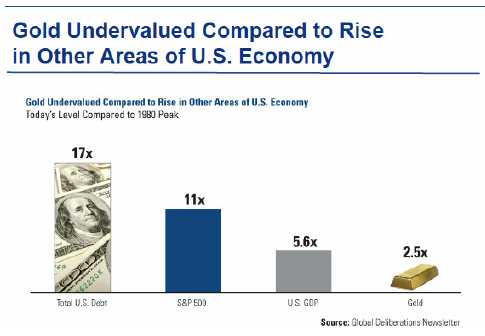


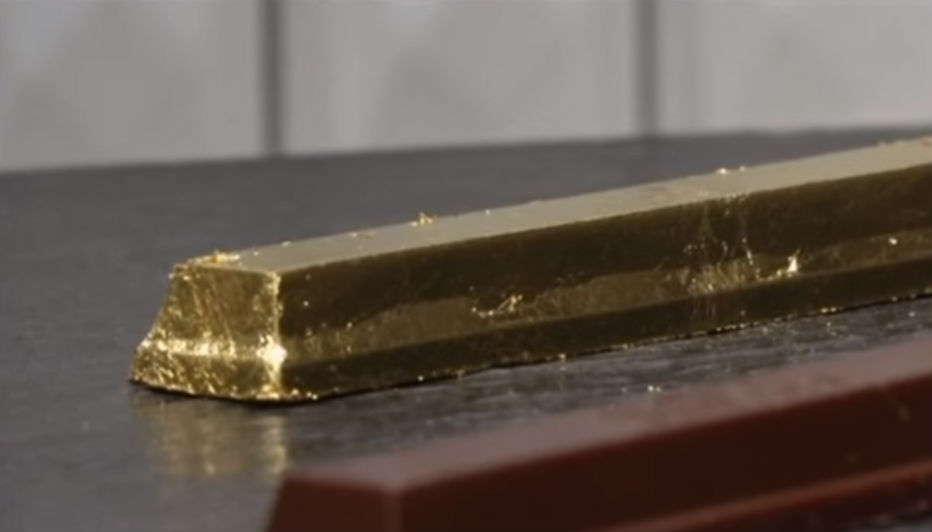
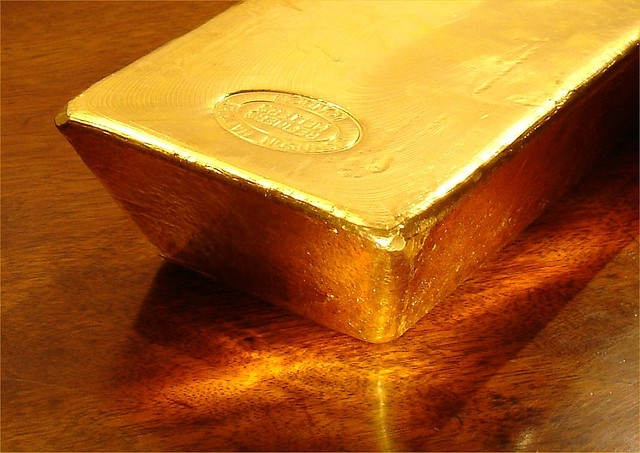
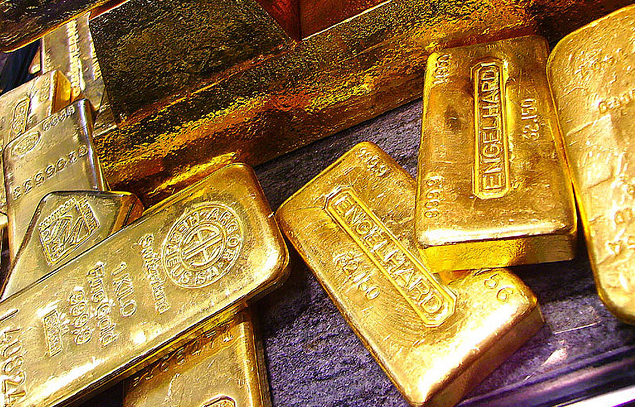
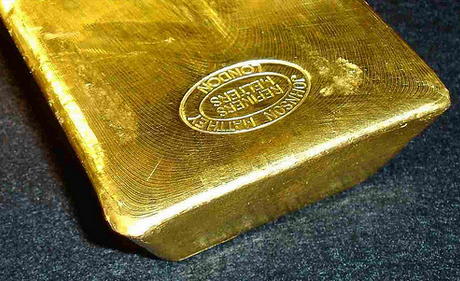







Tore
12 februari, 2012 vid 02:10
Hope we get to read more from Henk J. Krasenberg, nice to get an international perspective.